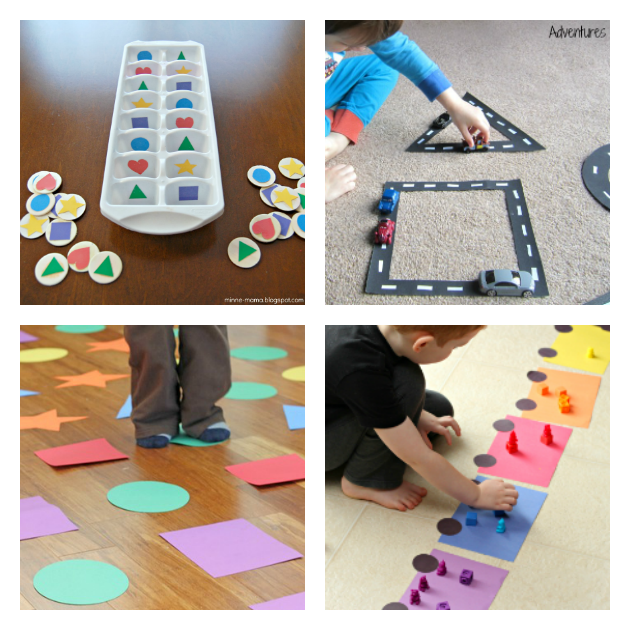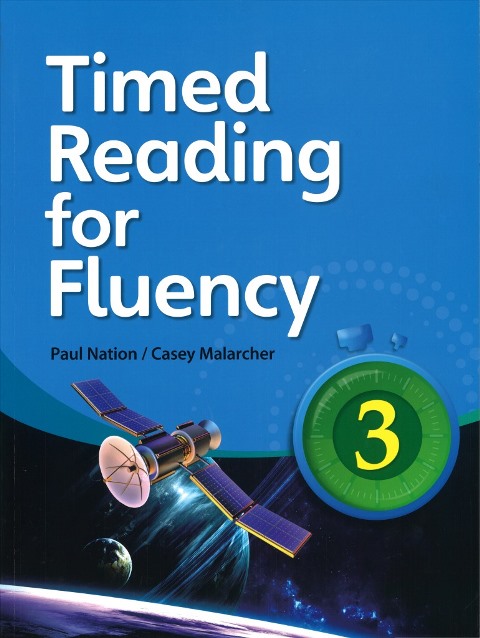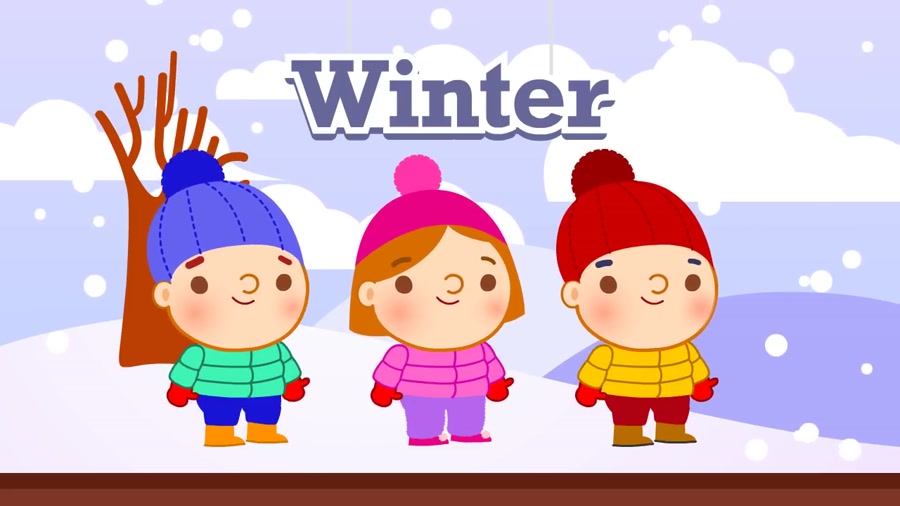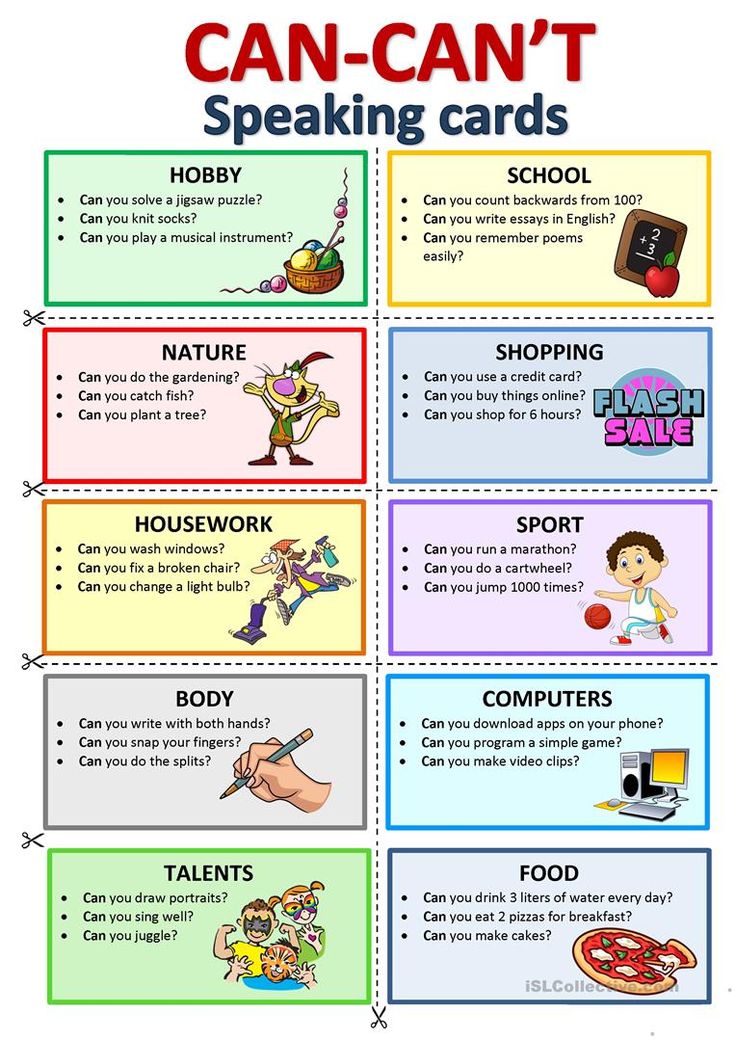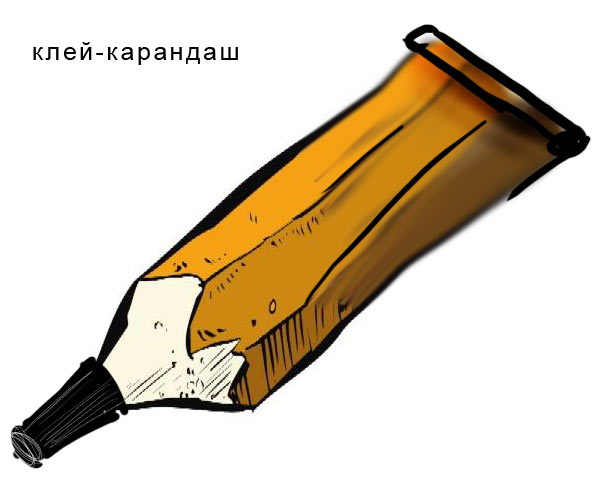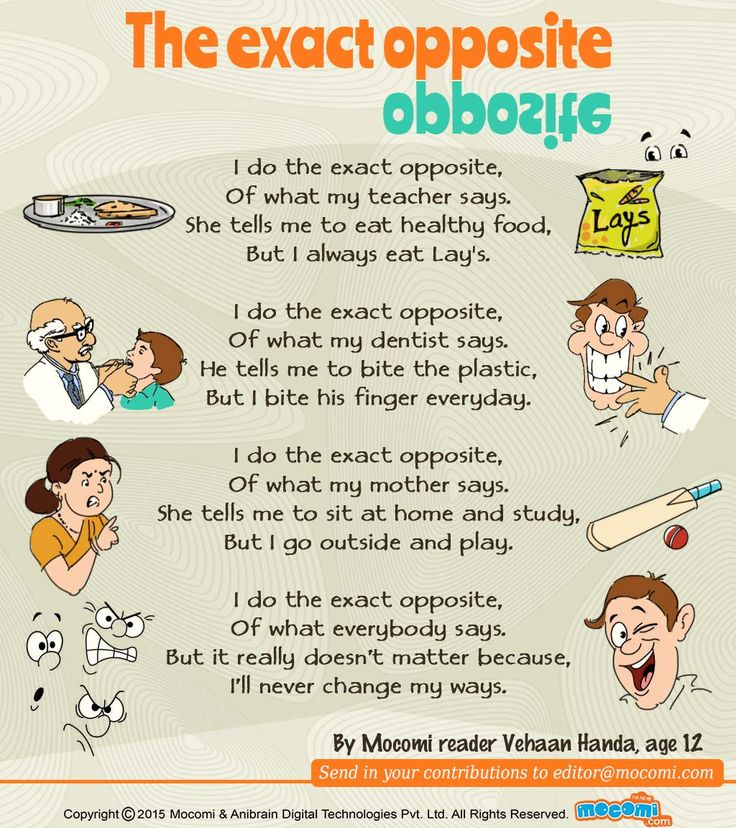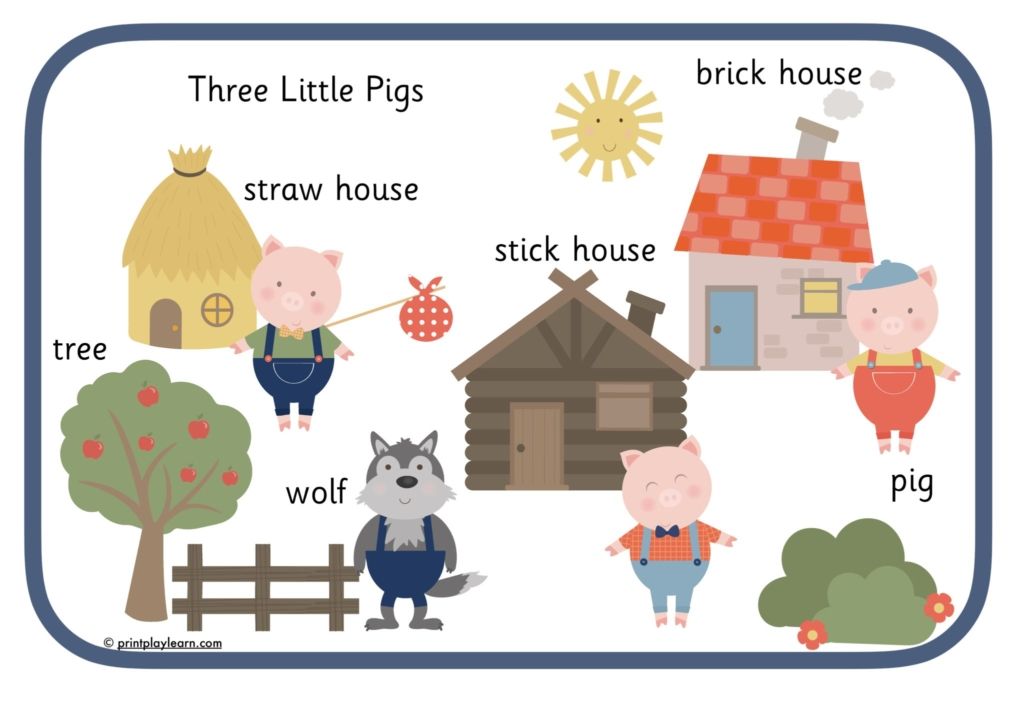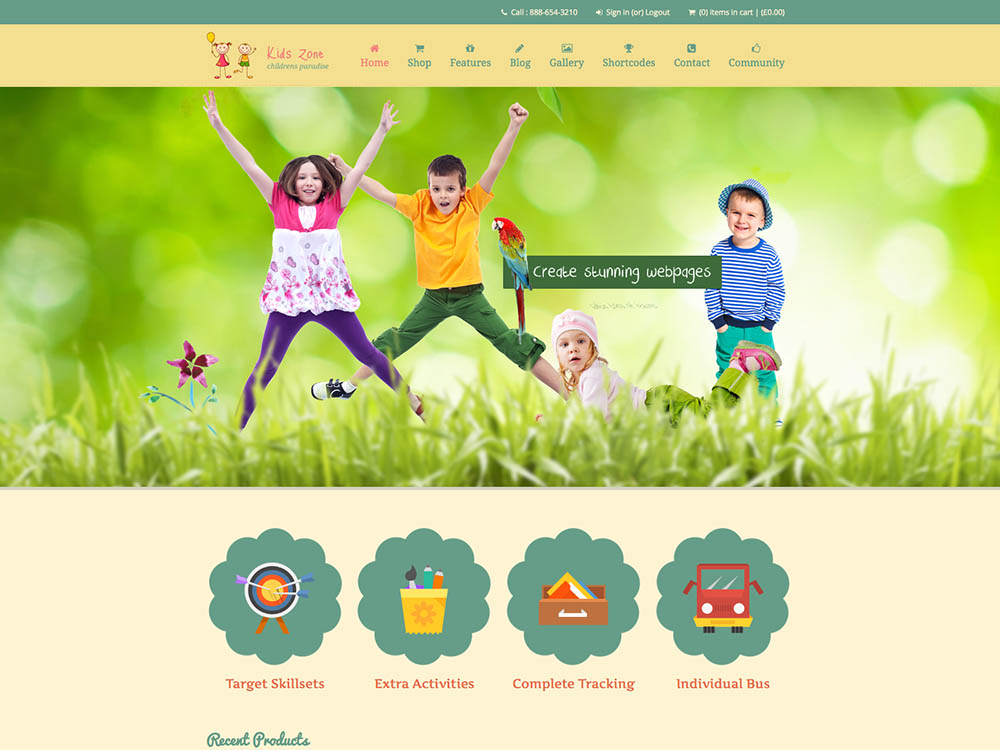Preschool games for 3 year olds
Games For 3 Year Olds
The best way to connect with a three year old is by playing with them. Even the most seasoned preschool teacher or parent can get tired of repeatedly playing pretend ( usually the same scenario). When that happens, a great way to play, especially in the cold months when we are inside most, is with games. These are my favorite and, in my opinion, the best games for 3-year-olds. Some of these preschool games are store-bought, and some are homemade games for 3-year-olds. Find the best preschool games right here.
Great question. The best games for preschoolers are always ones that engage them and help them build vital skills, including fine motor and counting, and social-emotional skills like taking turns and dealing with frustration and disappointment. Check out my picks of the best preschool games for 3 year olds below.
This list contains affiliate links.
1. Lego Roll & Build.
This is probably number one on my list of games for 3-year-olds because it taps into their creativity and problem-solving. Oh, and if you are worried about using little Lego, no worries, substitute Duplo and you are good to go!
2. Rhyming Board Game
Most 3-year-olds aren’t reading, and we shouldn’t be pushing them before they are ready, BUT rhyming is a skill that 3-year-olds can have fun with, and this free printable board game is perfect for families. You’ll need one reader, but little ones can play without being able to.
3. Candy Land
This is the perfect preschool game. It teaches color recognition, but my favorite thing about it is that it helps teach children that there are setbacks and the answer isn’t to give up, it’s to keep going! Games like this are a great way for young children to practice losing. It takes time to learn how to be a gracious loser and that’s one of the benefits of games for 3-year-olds.
4. Pop The Pig
This game is one of our favorites because it’s exciting, it requires children to recognize numbers and then act on them with counting, and you can adapt it for older kids ( see how we did here).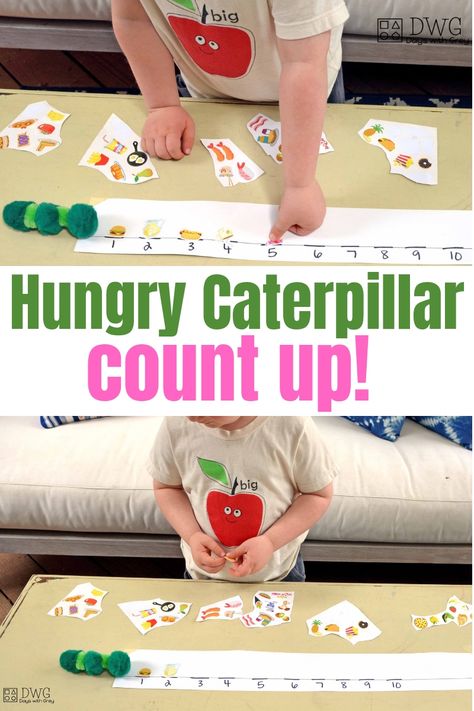 This game isn’t just a great game on a list of games for 3-year-olds, it will grow with your kids and be used for years to come.
This game isn’t just a great game on a list of games for 3-year-olds, it will grow with your kids and be used for years to come.
5. DIY Emotion Card Games
These games take a little bit to put together, but they are probably the most important games for 3-year-olds you’ll find on this list because they focus on social-emotional learning. Children need to have a chance to practice these skills, and these games help them do just that!
6. Roll A Shape
This free printable game is perfect for waits at restaurants, free choice at preschool, etc… because your child/ students won’t need help playing once they know the basics. Foster that independence with this great game.
7. Sidewalk Chalk Literacy Games
These games are not just for 3 year olds but what I love about them is they get your children learning and MOVING outside!
8. eeboo The Cupcake Game
This game is a baking game where players are trying to get the ingredients required for making a super cool cupcake.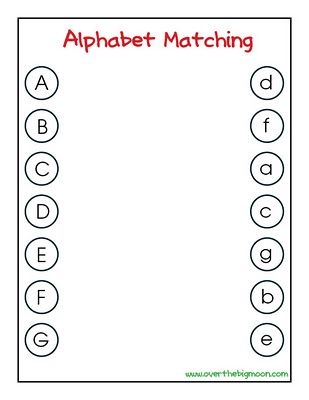 this game doesn’t require players to be able to read, it is easy to adapt when children decide to get creative and think outside the box, and the pieces are sturdy! The box says ages 5+, but my daughter played this easily at 3.
this game doesn’t require players to be able to read, it is easy to adapt when children decide to get creative and think outside the box, and the pieces are sturdy! The box says ages 5+, but my daughter played this easily at 3.
9. Roll & Cover Games
I include these roll and cover games in many of my printable preschool curriculum units because they are perfect games for 3 year olds. They are simple first of all, they encourage perseverance, build subitizing and counting skills, and this one is FREE!
10. Don’t Slip Off The Snowflake
This game and its Halloween-inspired version have been huge hits around my home and classrooms for years and years. Kids love playing these games and I love seeing how they help develop their gross motor skills.
11. The Sneaky, Snacky Squirrel Game is always a hit in my classroom. Children love trying to get all their acorns and using the little squirrel tongs are a wonderful way to work on fine motor and hand-eye coordination skills.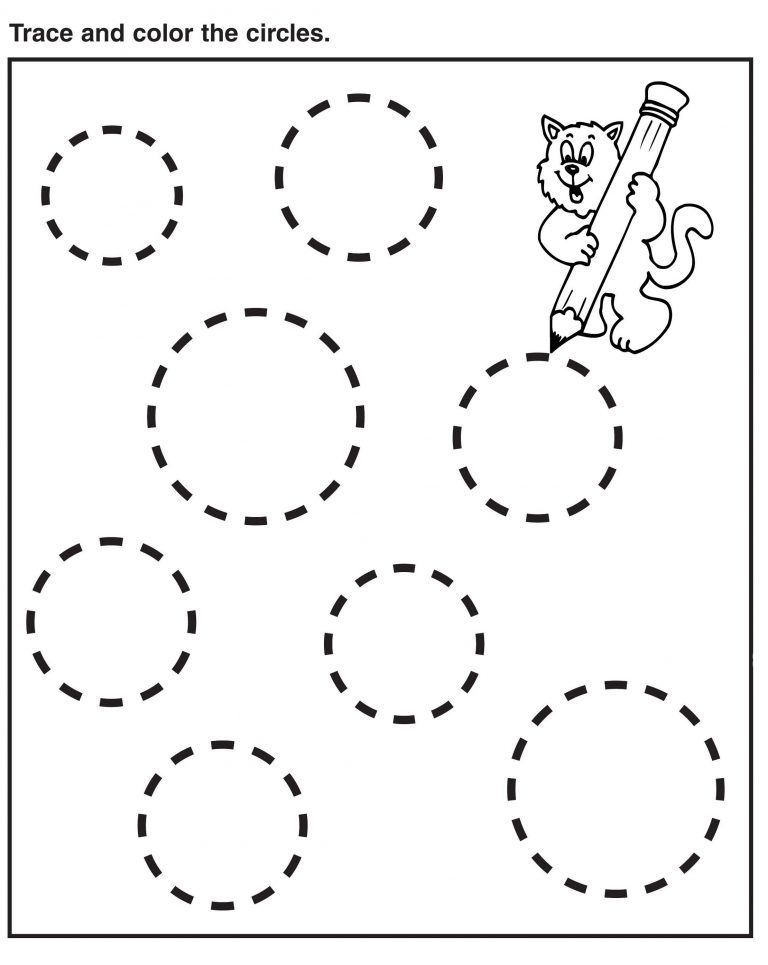 Please avoid this game if your 3 year olds are still mouthing objects, the little acorns are potential choking hazards.
Please avoid this game if your 3 year olds are still mouthing objects, the little acorns are potential choking hazards.
12. Pete The Cat : I Love My Buttons Game is a wonderful shape game that teaches children to take turns, be patient, and some shape matching all with one of the most popular book characters of the last 20 years, Pete The Cat!
13. Honeybee Tree Game was one of my daughter’s favorite preschool games. The point of the game is to pull out the most leaves without allowing too many honeybees to fall. Children absolutely love the little honeybees, so you may find some in cubbies and pockets. The trouble is worth it, though as children have to strategize and work on so many skills as they play.
14. Friendship Game This is a simple game, it’s just memory but with their classmates’ names and faces! I hope this helps to build a more connected classroom community with a strong sense of belonging. It’s so easy to make. Click on the title and see how.
15. Feed The Koala Letter Game – I made this letter game for my class last year to help a few students really hammer down their letter recognition skills and it was a hit with everyone. OIt’s really a wonderful and simple game for 3 year olds.
Find more simple everyday activities for 3 year olds in my book Everyday Preschool. It’s packed with simple, developmentally appropriate learning activities you can do at home or at preschool.
14 best games and activities for 3-year-olds
Looking for ways to entertain a 3-year-old? Kids this age don’t require much to be captivated, but it’s still good to channel that seemingly endless energy into activities that will help them learn and develop.
Our experts offer suggestions for keeping toddlers interested — and on their toes!
Let them be creative
“Three-year-olds are little scientists, discoverers, inventors and creators,” says Dr.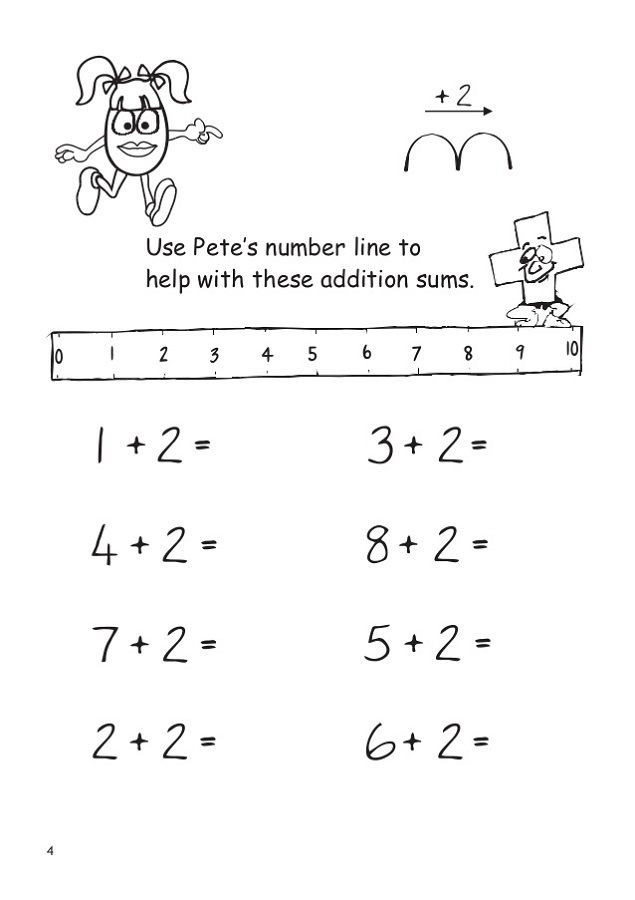 Rebecca Schrag Hershberg, author of “The Tantrum Survival Guide.” “They’re constantly exploring, taking in the world around them and figuring out their role within it. Because of this, some of the best games for this age group capitalize on their imaginations in an open-ended way. Think blocks, costumes and paints.”
Rebecca Schrag Hershberg, author of “The Tantrum Survival Guide.” “They’re constantly exploring, taking in the world around them and figuring out their role within it. Because of this, some of the best games for this age group capitalize on their imaginations in an open-ended way. Think blocks, costumes and paints.”
Hershberg notes that, while some of these activities may be a little mind-numbing — and let’s face it, messy — they’re some of the most rewarding and enriching ways your child can spend his time.
“Three-year-olds truly delight in sharing their creativity with those they love most,” she says.
Use games to develop important skills
There’s a plethora of toys and games out there geared toward preschoolers, and with good reason: They can be both fun and help kids develop vital skills. That said, it’s all about choosing the right products.
“When purchasing games for 3-year-olds, look for ones that challenge kids’ dexterity and memory skills, and help them learn basics like language and counting,” says Marissa DiBartolo, editor-in-chief of the Toy Insider.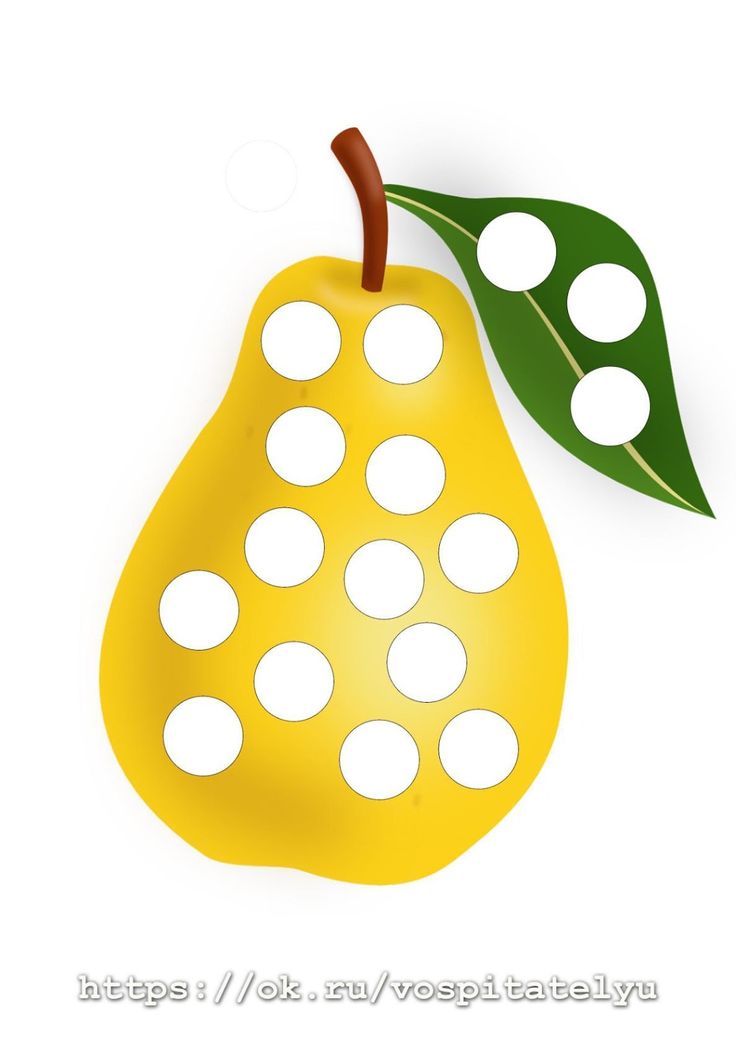 “It’s all about fine motor skill development, patience, turn-taking and memory. Games are great educational tools at any age, but they are especially important for preschoolers. This is where kids are learning to count, using comprehension skills to remember rules, and understanding the importance of good sportsmanship and healthy competition.”
“It’s all about fine motor skill development, patience, turn-taking and memory. Games are great educational tools at any age, but they are especially important for preschoolers. This is where kids are learning to count, using comprehension skills to remember rules, and understanding the importance of good sportsmanship and healthy competition.”
Keep things simple
Just as you want to keep activities for 2-year-olds simple, same goes for 3-year-olds. Sure, they’re a little older and wiser, but they’re still content with a few materials — and most of all, they just want to spend time with you.
Ready to find your child’s new favorite activity? Here are 14 games and activities sure to be a hit with 3-year-olds.
Imaginative toys and activities
1. Doll doctor
Paging all future med students! Not only is playing doctor with your child — on their dolls, dinosaurs or even each other — a great role-playing activity, it may also help assuage any pediatrician fears your child may have. Really, you don’t need much for this game — a doctor playset, if you have one. But your child’s creativity is infinite, so a pair of earmuffs will likely easily suffice as a stethoscope for them.
Really, you don’t need much for this game — a doctor playset, if you have one. But your child’s creativity is infinite, so a pair of earmuffs will likely easily suffice as a stethoscope for them.
2. Magna-tiles
Image via AmazonIf you’re not already on the Magna-Tiles train, you’re doing yourself — and your little one — a disservice. These award-winning plastic tiles that connect via — you guessed it — magnets will provide years of imaginative and problem-solving play for kids, starting at about age 3. And as time goes on and your little one’s skill set advances, you can add to your collection with new shapes, colors and sizes.
“I love Magna-Tiles,” says Hershberg. “They help teach fine motor coordination in a playful, humorous way.”
Where to buy: Magna-Tiles 32-Piece Solid Colors Set ($50, Amazon)
3. Nature hunts
Even if your “nature hunt” is just around the block, it’s sure to be a slam dunk with your 3-year-old.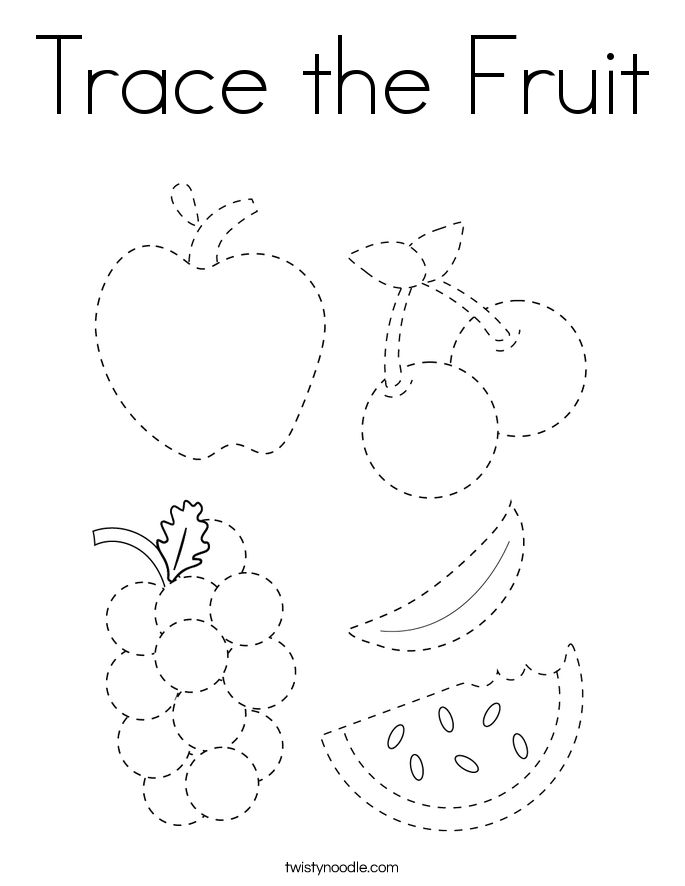 Not only will it provide your fidgety preschooler with some much-needed exercise and fresh air, it will give him a chance to connect with nature — and you. And no matter which approach you take — lazy walk through the woods, flower hunt, foraging mission — it’s completely, totally free.
Not only will it provide your fidgety preschooler with some much-needed exercise and fresh air, it will give him a chance to connect with nature — and you. And no matter which approach you take — lazy walk through the woods, flower hunt, foraging mission — it’s completely, totally free.
4. Kids’ kitchen
Image via TargetThere’s a reason play kitchens have been around since the dawn of time: They provide hours upon hours of entertainment for children. Whether your child wants to serve you up the daily special or engage in independent play by mimicking what you do in the kitchen, there’s no going wrong with this classic toy.
Where to buy: KidKraft Boho Bungalow Play Kitchen ($130, Target)
Art and sensory activities
5. Kinetic Sand
Image via Kohl’sAnother favorite of Hershberg’s is Kinetic Sand, which, unlike sand from the beach, easily sticks and molds together. Perfect for creative and sensory play, this is a great toy for the back yard or the kitchen table, as it cleans up — and stores — easily.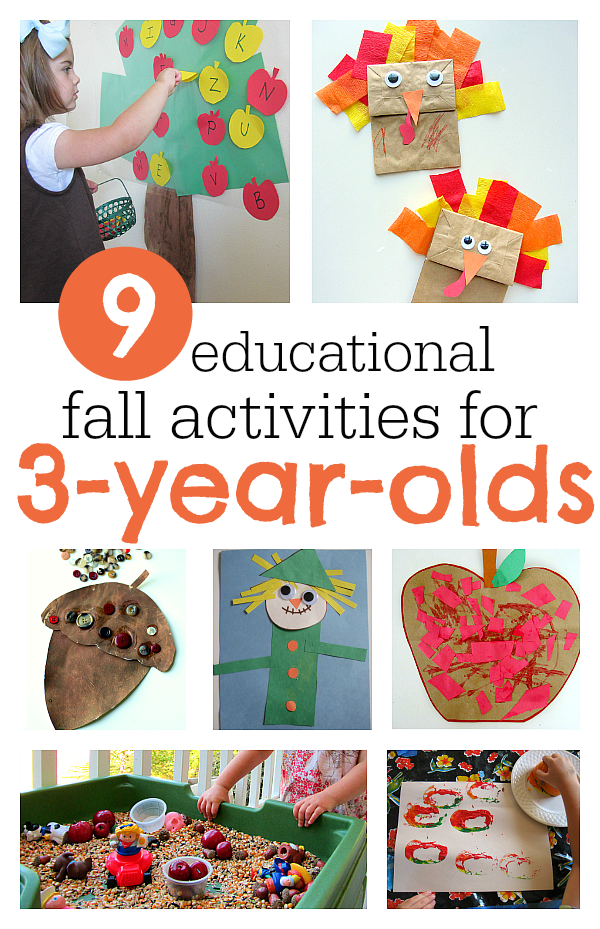
Where to buy: Kinetic Sand Folding Sand Box ($30, Kohl’s)
6. Rainbow rice
Will your child’s rainbow rice wind up staying in neatly divided sections like this? Definitely not. But they’ll love scooping, digging, raking and pouring the brightly-colored rice into different containers and bins. To make rainbow rice, simply combine rice, vinegar and food coloring in a bag or plastic container; shake it up; and let it dry on a baking sheet.
7. Cereal rainbows
If you have construction paper, a glue stick, cotton balls and some Froot Loops or other ROYGBIV-hued cereal, you can have this cute Froot Loop rainbow craft. And once you have the rainbow under your belts, you can try your hands at other Froot Loop crafts, such as caterpillars, birdfeeders and flowers.
8. Painting
Yes, it’s messy, but there are serious benefits to painting for your child. An open-ended activity that will help your child exercise his imagination, painting — be it a piece of paper, a ceramic figurine or a box — will develop your 3-year-old’s social, emotional, cognitive and even physical development.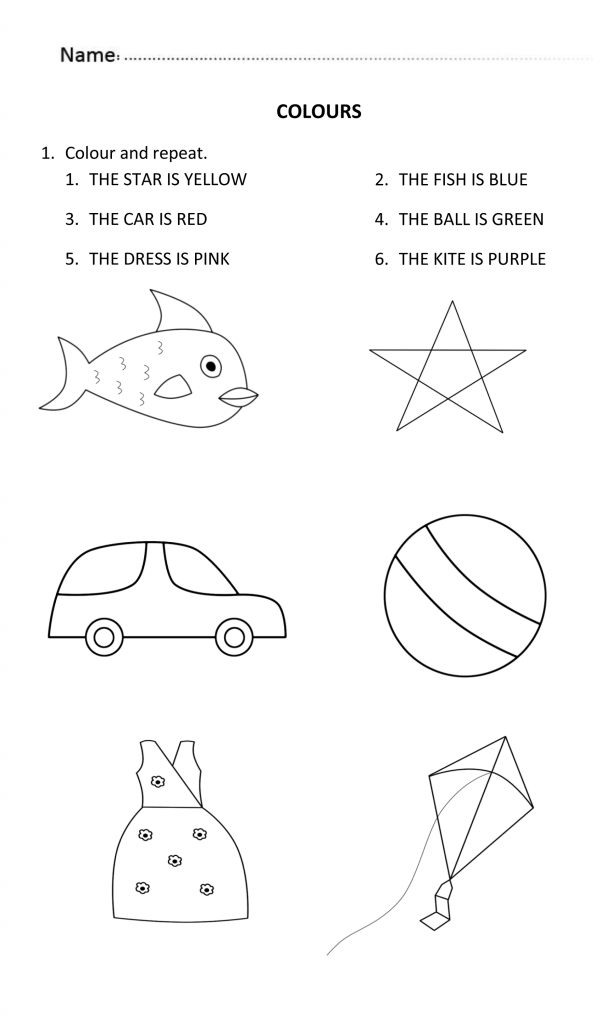 Worth the cleanup? Definitely.
Worth the cleanup? Definitely.
9. Worm rescuing
Three-year-olds love to hunt and explore, so this cute “worm rescuing” activity from Sessions with Minnie is a fun way to spend an hour. Place some wet spaghetti (worms) in chocolate pudding (mud) and have your little one hunt for them with a magnifying glass (if you have one), and then rescue them with kid-friendly tongs. It’s great for honing fine motor skills.
10. Water Beads and shaving cream
Why let your child play with just Water Beads, which yes, are a great sensory toy, when they can play with Water Beads and shaving cream? Double the mess? Yes. But definitely double the fun. Hide Water Beads under a bed of shaving cream and have your child find them. Simply wash the beads — and your child — off when you’re finished.
Board Games11. Pick Me Up, Piggy!
Image via Mindware“Pick Me Up, Piggy! is a great game for preschools because it combines so many important educational elements into one adorable game,” says DiBartolo.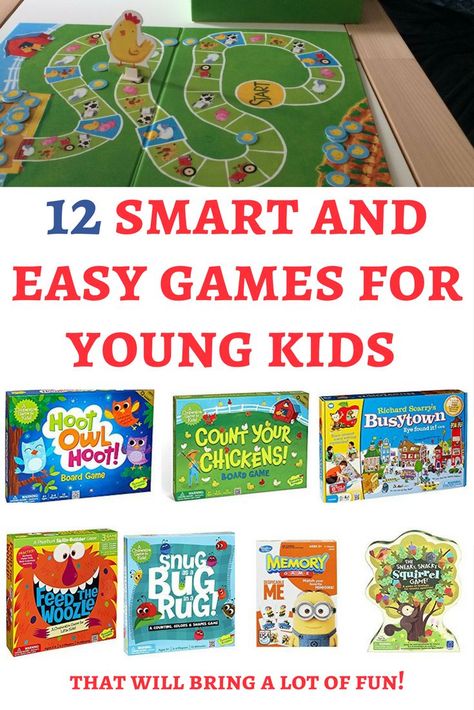 “Kids must tell stories, find their hidden farm friends and best of all, work cooperatively as a team.” Win-win.
“Kids must tell stories, find their hidden farm friends and best of all, work cooperatively as a team.” Win-win.
Where to buy: Pick Me Up, Piggy! Memory Game ($22, Mindware)
12. The Sneaky, Snacky Squirrel
Image via AmazonThe Sneaky, Snacky Squirrel is one of Hershberg’s favorite games for 3-year-olds, and with good reason: It’s simple; it will get kids laughing; and it will help them learn their colors, as well as develop their sorting, matching and strategic thinking skills. And nope, no reading required!
Where to buy: Sneaky, Snacky Squirrel Game ($14, Amazon)
13. The Very Hungry Caterpillar Bingo & Matching Tin
Image via AmazonThe Very Hungry Caterpillar Bingo & Matching Tin is two age-appropriate games in one.
“This one of my favorites because it features one of kids’ most beloved characters, plus it lets kids play two ways: Bingo or matching,” says DiBartolo.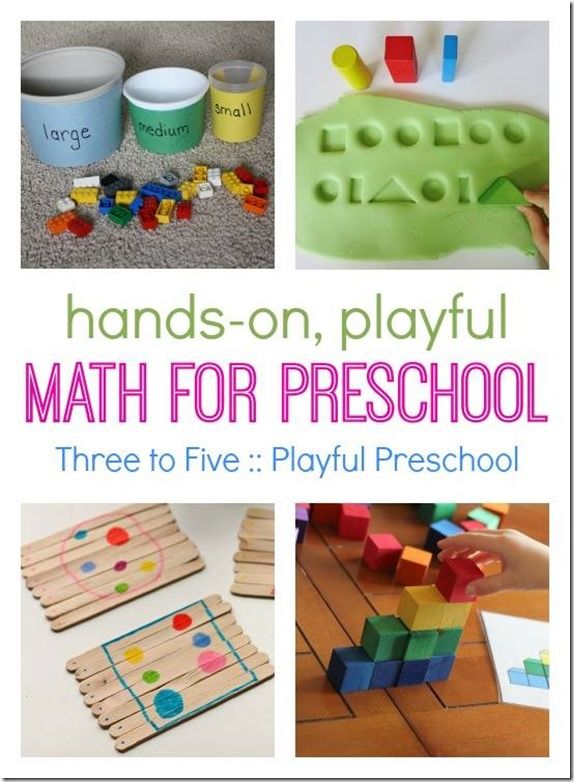 “And I love that everything is stored in a tin for easy travel.”
“And I love that everything is stored in a tin for easy travel.”
Where to buy: The Very Hungry Caterpillar Matching & Bingo 2-1 Educational Card Game Tin ($10, Amazon)
14. Pinkfong Baby Shark Let’s Go Hunt! Fishing Game
Image via TargetIf you thought the tune of Baby Shark was gone from your head forever, think again. Now the viral song is a game!
“The Baby Shark Let’s Go Hunt! game is an awesome option that’s brand new,” says DiBartolo. Let’s Go Fishin’ is a classic game that helps kids enhance hand-eye coordination, and now the game incorporates one of the most viral dance songs of all time: Baby Shark!
Where to buy: Pinkfong Baby Shark Let’s Go Hunt! Fishing Game ($15, Target)
Educational games for children from 3 to 4 years old. List of games with recommendations
Children aged 3-4 have an enormous amount of energy. They don't seem to get tired at all and are always ready to play and have fun!
In order for the child's independent play not to take on a destructive character, he should be occupied in such a way that the game would be interesting and understandable for him.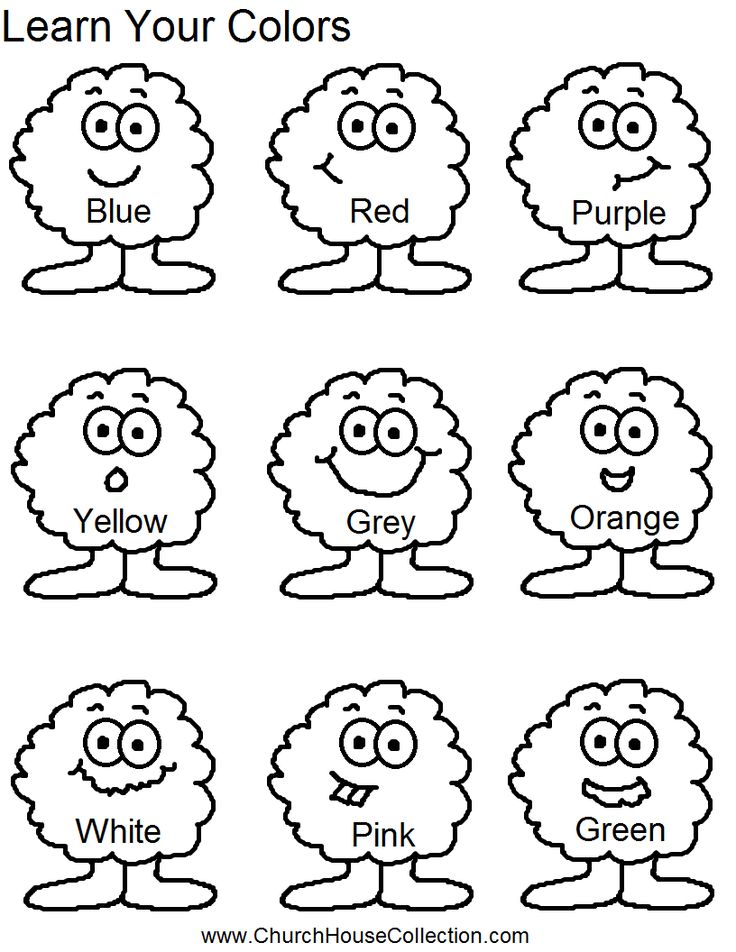
No one discounts everyone's favorite games: hide and seek, hide and seek, and classics. But, in addition to all any games, there are many others, no less entertaining and developing, different for indoors or outdoors.
Outdoor games for children 3-4 years old
1. Sunny
The game is perfect for a park or going out into nature, it is interesting for children of any age. For the first time, it is better for an adult to be the leader, after a few games the kid will understand the rules and can easily play the role of a leader. This game can be played from three players, but the more - the more fun. The game consists of three stages. All participants and the facilitator gather together, the facilitator closes his eyes and starts counting to ten. During this time, players must find a place to hide. After the countdown, the host opens his eyes and looks for the players. The main difference from the game of "hide and seek" is that the leader can only turn around without leaving the place where he stands. If the leader is a child, then for ease of understanding it is better to indicate the place from which he is looking, and the framework that cannot be exceeded. When the facilitator notices the players, he calls them out loud by their names; if he doesn’t see anyone else, then he shouts “Sun”, after which the players must run to the leader.
If the leader is a child, then for ease of understanding it is better to indicate the place from which he is looking, and the framework that cannot be exceeded. When the facilitator notices the players, he calls them out loud by their names; if he doesn’t see anyone else, then he shouts “Sun”, after which the players must run to the leader.
After that, the second end begins. Everything is the same, only the leader counts to seven, and not to ten.
In the third horse, the leader counts to three. If the leader did not see everyone in the last horse and shouted “Sun”, then the players win, but if the leader found everyone, then he wins.
The game is dynamic and very fun, it promotes the development of mindfulness, orientation in space and a quick search for solutions.
2. I can't see - I can't hear
An excellent game for a parent and a child of 3-4 years old, the number of players from two to infinity. The rules are as follows: when the host says “I don’t see”, players can run around, jump and jump, but in absolute silence.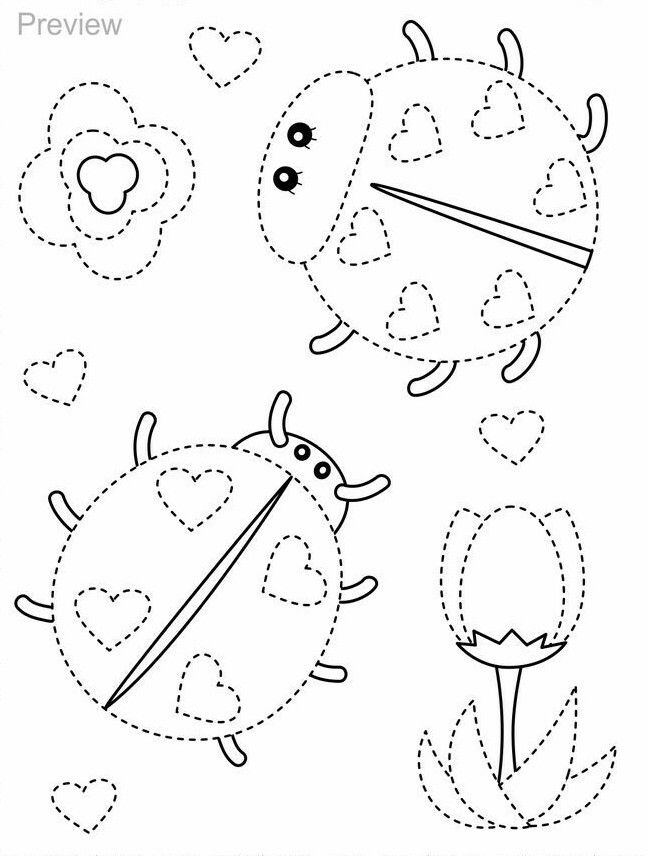 If someone utters a sound - lost. When the presenter says “I don’t hear,” you can and should make noise, sing, laugh, but at the same time stand still. The one who left his seat or moved (not counting his mouth) lost. The game will cause a storm of delight, the children will run in plenty, scream, and later you can use the game as a lifesaver if you need to ask the child to keep silence or stillness for a while.
If someone utters a sound - lost. When the presenter says “I don’t hear,” you can and should make noise, sing, laugh, but at the same time stand still. The one who left his seat or moved (not counting his mouth) lost. The game will cause a storm of delight, the children will run in plenty, scream, and later you can use the game as a lifesaver if you need to ask the child to keep silence or stillness for a while.
Such games help to develop patience and the ability to listen to adults in a child.
3. Touch my shadow
A modified game of chasing, only you need to touch not the player, but his shadow. In this game, there can be from two participants. It is much easier for children of three years to play this game than adults, since it is in this game that a small stature is an undeniable advantage, since there is no need to bend over.
The rules can be changed: for example, touching the shadow with your foot or hand.
4. Traffic light
A great game to help kids as young as four learn colors.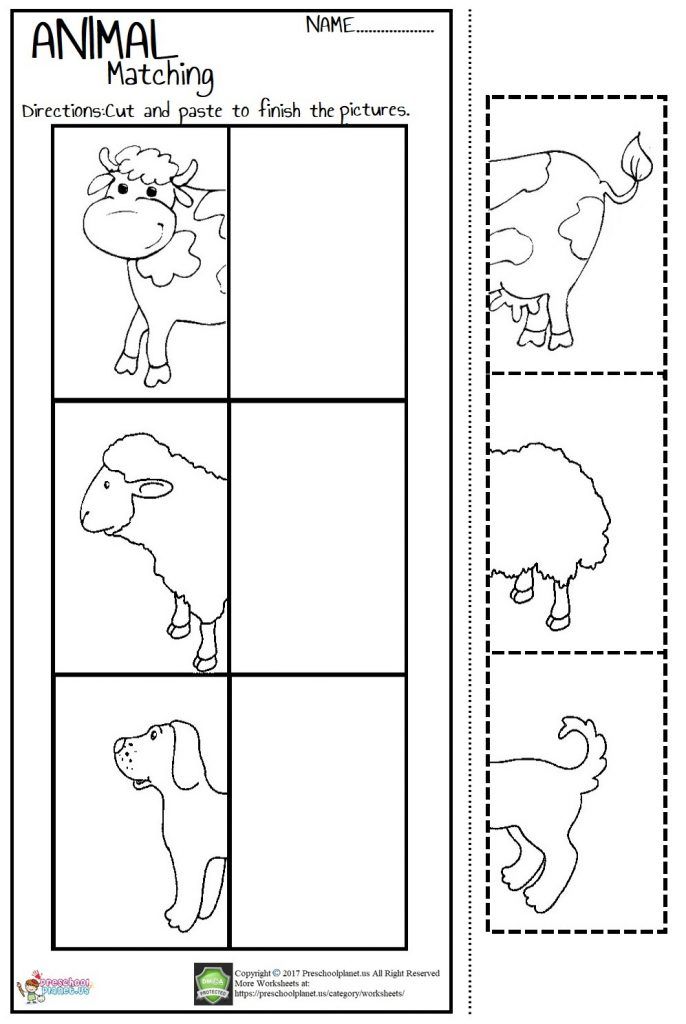 You can play from three people.
You can play from three people.
There are two variants of the game.
The first version of , which is familiar to all of us since childhood. Two lines are drawn at a distance of 3-4 meters from each other, on one line - the participants, on the other - the leader. The host turns away from the players, calls the color and turns back. Those who have this color on their clothes calmly pass behind the leader's line. Those who do not have this color must run across, and the one whom the leader grabs first takes his place. If the leader did not grab anyone or everyone found the color on their clothes, he continues to play the game.
The second version of the game . All participants gather together, the host sings the following song:
“I see something, I see somewhere,
I see something ( here any color is called ) colors,
And now for one or two -three
Find the right color as soon as possible»
After that, the participants must find the hidden color and touch it with their hand as quickly as possible.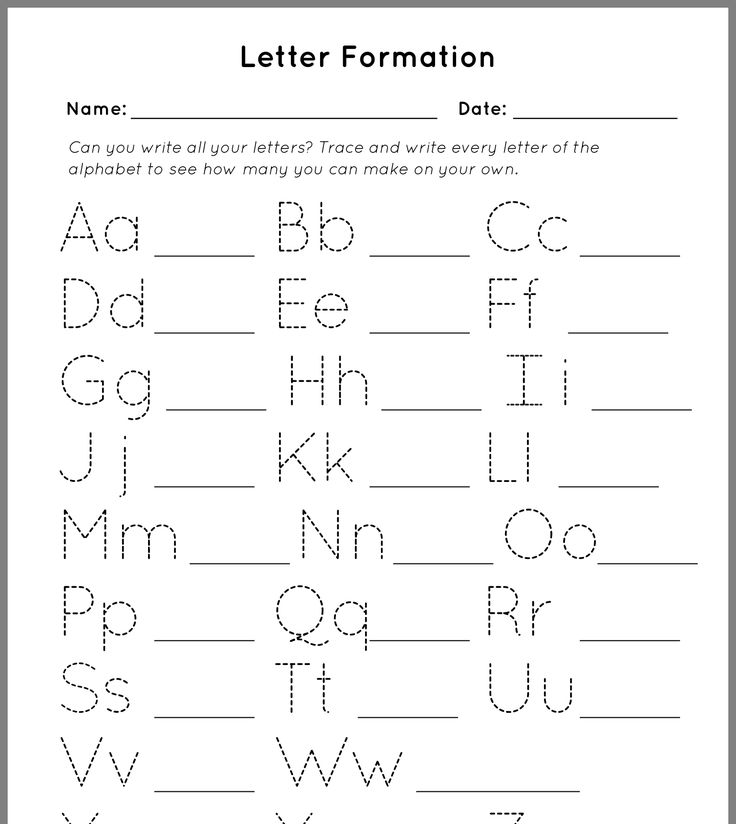 It can be on clothes, on objects around, on the leader. The one who found the color last becomes the leader. If a child at the age of three finds it difficult to sing a song, he can simply name a color.
It can be on clothes, on objects around, on the leader. The one who found the color last becomes the leader. If a child at the age of three finds it difficult to sing a song, he can simply name a color.
Games for children 3-4 years old in an apartment
1. Obstacle course
This game will require a little preparation and imagination. In order to turn the game into an incredible adventure, a legend is needed: depending on the interests of a child of 3-4 years old, you need to come up with names for obstacles. For example, if the baby is interested in dinosaurs, then the pillow tunnel will be called "Dinosaur Fang". You can come up with a small reward for passing the lane.
Tasks on the runway can be absolutely anything, depending on the equipment of the room. Here are a few examples:
- A broom can be used as a jump barrier or to crawl under.
- You can build a tunnel out of pillows and chairs.
- Any rope or tape can be placed on the floor.
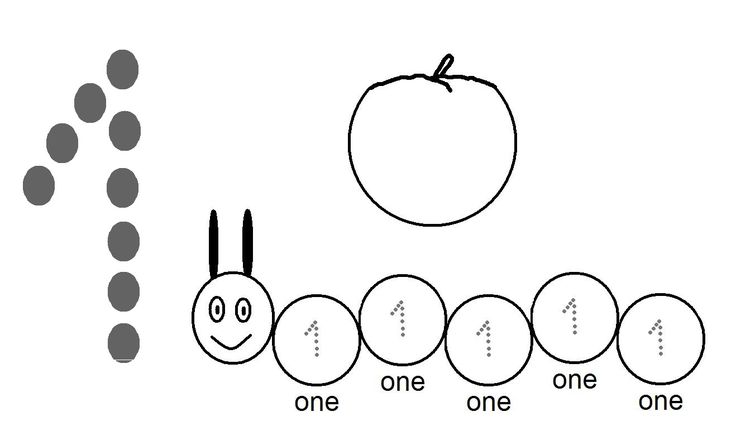 The task of the baby is to walk along it, like on a tightrope.
The task of the baby is to walk along it, like on a tightrope. - One of the stages can be throwing the ball into the basket, target or bowl.
- Collecting toys for speed is also great as a stage.
At the very beginning of the game, the kid should announce how many trials and obstacles he will have to overcome and when he will be rewarded.
2. Cold-hot
Game for two people. One of the participants leaves the room, while the other hides the object. The second returns and must find the hidden. The first participant can prompt using only two words: “cold” - if the player moves away from the object; "hot" - if approaching him. After finding the subject, the roles change. The game promotes the development of logical thinking and mindfulness.
3. Trap
For this game you will need a skein of non-sewing items. thread (preferably stronger) An adult, together with a child in the room, begins to build a “trap” - stretch and fasten the thread so that a “web” is formed.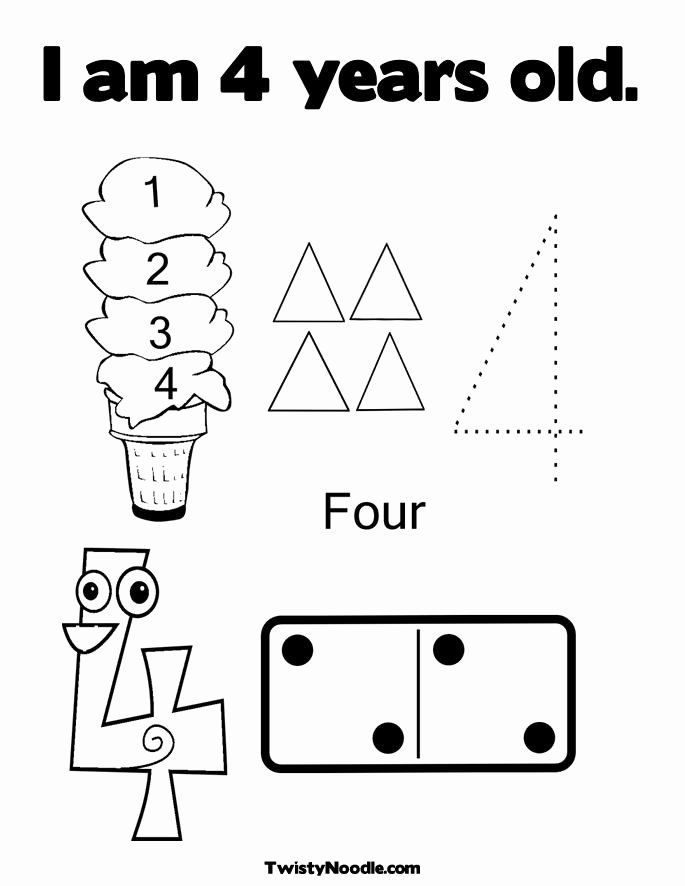
Once the structure is ready, you can start to get through the trap without touching the threads.
4. Parking lot
Only paper masking tape is needed from the inventory, as it does not leave marks, and it is necessary to stick it on the floor. With its help, a whole city is “built” on the floor, with roads and houses. The kid advises what should be in the city, discusses together with the adult where, what and how it will be located.
When the map on the floor is ready, a huge number of possible games open up. You can drive cars on the roads, you can learn professions and, for example, take toys to the hospital or school along the roads. It is also an excellent guide for mastering the basic rules of behavior on the road. The game develops the imagination and will be a great plan for Sunday evening.
5. Lazy Pioneer Ball
To play, you will need a balloon and string. The room is divided into two parts, you can put the rope on the floor or stretch it between the walls.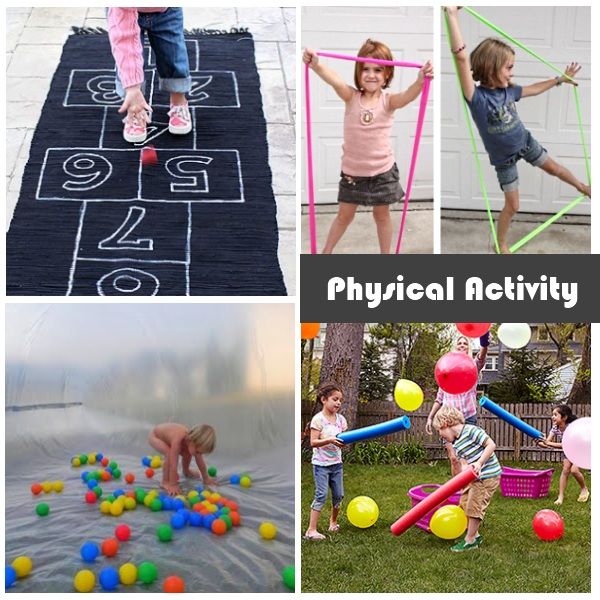 Participants are divided into two teams and disperse on opposite sides of the rope. Instead of a ball, here is an inflated balloon. The basic rule is that you cannot get up - you can only play while sitting on the floor, and at the same time you must not allow the ball to touch the floor. Each such touch will be a point for the opposite team.
Participants are divided into two teams and disperse on opposite sides of the rope. Instead of a ball, here is an inflated balloon. The basic rule is that you cannot get up - you can only play while sitting on the floor, and at the same time you must not allow the ball to touch the floor. Each such touch will be a point for the opposite team.
GENERAL RECOMMENDATIONS:
- The rules of the game must be clearly stated and understood by all participants.
- Each participant in the game must take part in it. Observation is also participation, the child can join when he is ready.
- Play must not put children at risk or endanger their health.
- Games should solve both motor and learning tasks.
- The game should not be left unfinished.
Educational games for children aged 3-4 with parents at home
For a 3-4 year old child, play is the main way to interact with the world. In the game process, the child develops logic and thinking, trains memory, expands communication skills, and strengthens physically.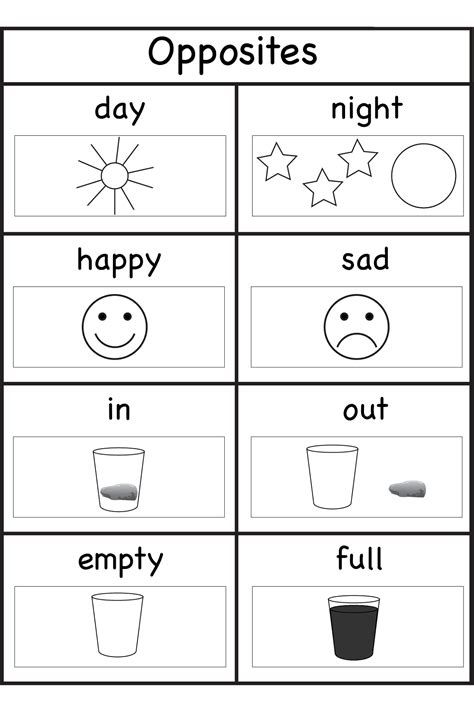 We have collected games that will appeal to both the baby and his parents, because they will be not only fun and interesting, but also useful.
We have collected games that will appeal to both the baby and his parents, because they will be not only fun and interesting, but also useful.
Article content:
- Outdoor games
- Educational games
- Educational games
- Tips for parents
- Pins
Outdoor games
Active games are aimed primarily at physical development. The kid improves coordination, attention, endurance. Regular activity strengthens the immune system and is the best prevention of diseases. Find out what you can play with your child at home or on the street.
-
Keeping balance. The parent lays out a rope or a long rope (such as a linen rope) on the floor. The child should walk along it, spreading his arms to the sides. The game can be made more difficult. For example, a child can carry a glass of water in his hands (of course, plastic) or hold a small book on his head.
-
Collecting flowers.
For this game, you will need several squares of colored paper, as well as a path, which can also be made from paper or, for example, a long scarf. The track is placed on the floor, pieces of multi-colored paper are scattered around it. We imagine that we are walking along a path, on both sides of which flowers grow. The facilitator (parent) periodically says how many and what flowers need to be collected. For example, 3 yellow or 5 red. The child stops and collects the right flowers. This game not only teaches coordination, but also distinguishes colors and recognizes numbers.
-
Sly fox. A mobile game that children love very much. It is more interesting to play it when there are many participants, but you can also play it together. The participants stand in a line, and the leader moves a few meters away and turns his back. The task of the player is to reach the leader. But you can only go when he is not looking! And when the leader turned, the participant must freeze, or they will have to go to the start.
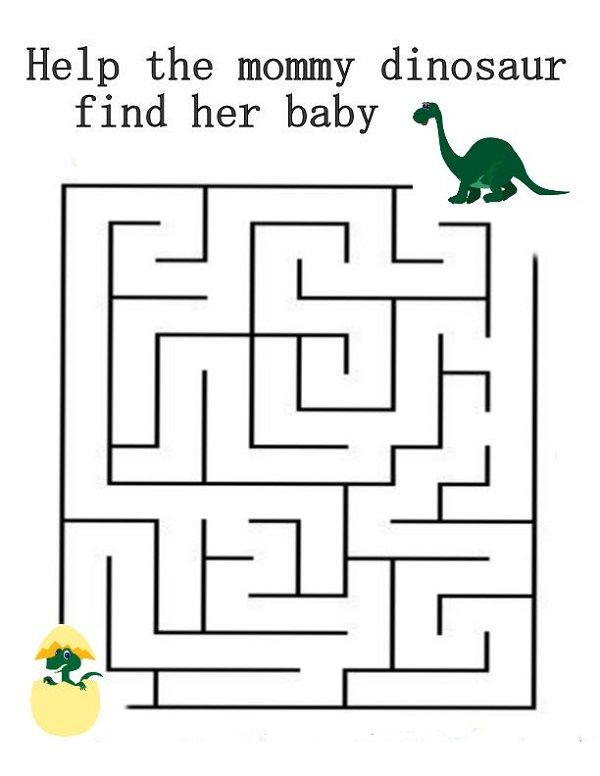
-
Traffic light. For this game, you need to prepare red, yellow and green circles that can be made from colored paper. Each color represents a specific action. For example, the host shows a green circle - the child is running, yellow - jumping on 1 leg, red - crouching, etc. The game can be started with three signals, but when the baby remembers them, complicate and add new ones.
Educational games
All games are educational for a child. But adults by developing games usually mean those that are aimed at studying any objects, phenomena. Such games develop intelligence, broaden horizons, improve memory, attention and speech.
On the development of motor skills
The development of fine motor skills directly affects the formation of speech, self-service skills, thinking, memory. At home, you can use various household items for games: buttons, clothespins, colored pasta, pencils, etc. On the street you can take cones, chestnuts, sticks. Consider several options for games for the development of motor skills.
Consider several options for games for the development of motor skills.
- Piggy bank. Let's take 2 cans. Pour beans into one of them, and leave the other empty. A cover with a small slot is put on the second. The task of the child is to shift the beans from one jar to another. Alternatively, you can use the steam container from the multicooker (with small round holes). You can put pasta in them.
- Drawing with groats. PVA glue is applied to a sheet of paper, cereals are poured on top in a certain order. You can use semolina, wheat groats, buckwheat to create multi-colored patterns.
- Beads. The child is given a fishing line on which objects must be strung. It can be beads, buttons and even drying. Objects should not be too small, otherwise it will be difficult for the child to cope with them.
- Flower. Cut out a circle from paper - this will be the base of the flower. We will give the child colorful clothespins.
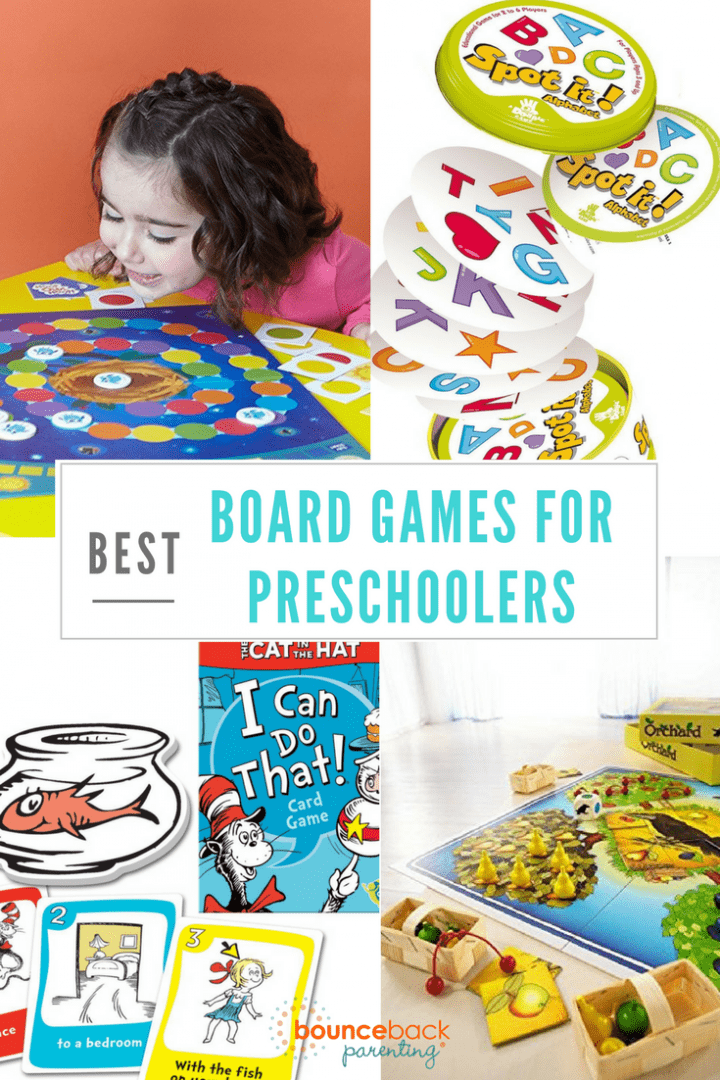 He should attach them in a circle as if they were flower petals. In parallel, you can memorize colors and lay them out in a certain sequence.
He should attach them in a circle as if they were flower petals. In parallel, you can memorize colors and lay them out in a certain sequence.
For the development of logic
Logical connections are a very important part in the development of a child's thinking. To understand why and why, simple and exciting tasks will help.
- Find the extra. For this educational game, you will need special cards or sheets that can be found on the Internet and printed. The task for this age usually contains four simple subjects, one of which does not fit into the group for a certain reason. These can be color, shape, skills (for example, flies - does not fly), the purpose of the object (clothes, dishes, etc.) and other signs. It is important to allow the child to think independently.
- Divide into groups. A similar task, but here you need to select from the abundance of objects those that belong to a certain group. For example, vegetables, fruits, pets, toys, etc.
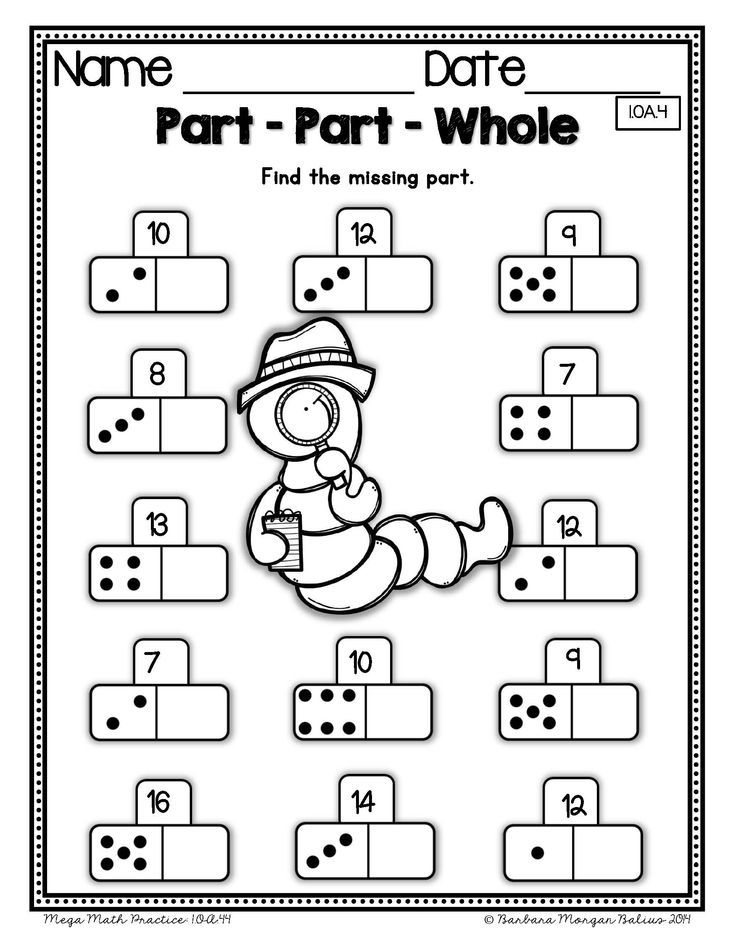
- Say the opposite. A child at 4 years old already understands what antonyms are, that is, words with the opposite meaning. The parent says "hot" - the child answers "cold", etc. Use understandable words: quiet-loud, white-black, sad-cheerful, deep-shallow, wet-dry.
- Who needs what. This game requires a ball. The facilitator says the profession, for example, "doctor", and throws the ball to the child. He must answer what the doctor may need (thermometer, syringe, white coat) and throw the ball back.
For the development of speech
It is important to develop speech from birth. Talking even with a baby who is still silent seems strange, but in fact it is an investment in his future. Often, already studying at school, children cannot connect several sentences into a logical text, retell what they read, or talk about some event. To prevent this from happening, at 3-4 years old you can offer such home games with children.
- Describe the item. For this game, you need to collect several toys and put them in a box. The child takes out a toy and describes it. For example, the girl took out a doll. She can tell what size the doll is, what color her eyes and hair are, what clothes she is wearing, and come up with a name for the doll.
- Tell me from the picture. For this game, you will need an illustration of some popular fairy tale (again, you can find it on the Internet and print it out, or just show it on the screen). The child must tell what he sees in the picture, what happened first and what happened later, how the story ended.
- Everything is messed up. For this game, you can take the plot of a fairy tale that the child knows well. In telling it, you need to make mistakes. For example, the animals did not let the fox into Teremok, or Little Red Riding Hood went not to her grandmother, but to her friend. The kid must understand what is wrong in the fairy tale.
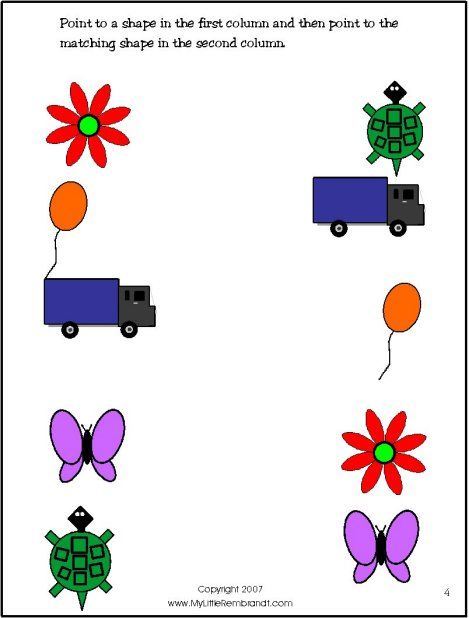 You can dream up and compose your own fairy tale, in which the end will be different.
You can dream up and compose your own fairy tale, in which the end will be different.
Educational games
At the age of 3, you can introduce your child to letters and numbers. The number is average, sometimes more developed children show interest in letters even at 2 years old. But there is no need to rush and force the baby to study - this will only discourage the desire to learn new things.
For learning to read and write
A popular technique for learning letters is to hang cards in different places in the apartment/room. And you can do this without even waiting for the age of three. Cards with letters should be bright, arouse the interest of the child. If the baby does not ask what kind of letter it is, you should sometimes pronounce them on your own. You can hang a card with a letter on an object that begins with it. For example, hang the letter L on a chandelier, and the letter T on a TV. Periodically, cards need to be changed, outweighed in other places.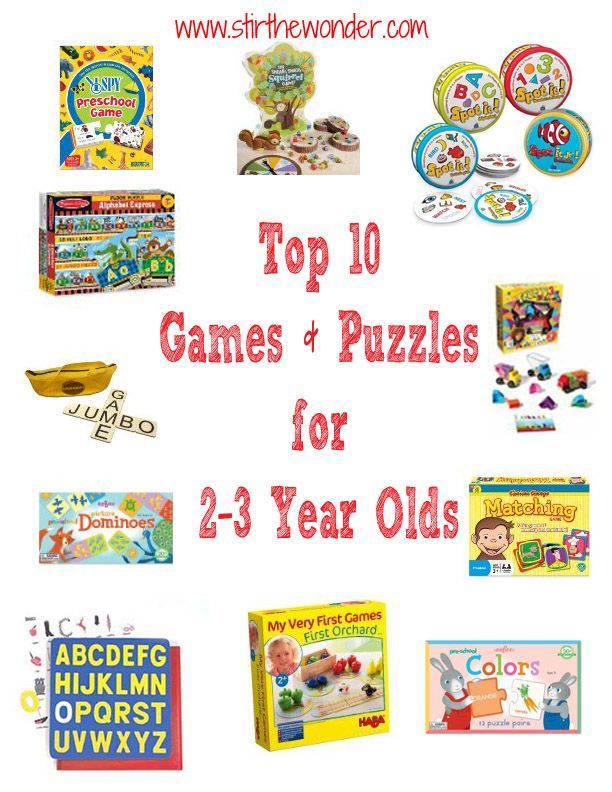
The following ideas are useful for learning about letters.
- Application. Cut out large letters from paper. For decoration, you can use cereals (motor development!), Cotton wool, fabric, beads, sparkles - whatever you like. When decorating a letter, be sure to pronounce it many times so that the baby remembers what it is called.
- Find the letter. Print the letter in several copies. Keep one for yourself, hide the rest in the children's room. Show the child a picture with a letter: "This is the letter O. Find 3 more such letters." At the same time, the letters should be hidden so that they are not difficult to find, you can give the baby hints.
- What's in common? Place items (or images of items) that begin with the same letter in a bag. The child must take them out and pronounce the names aloud, and then guess which letter was guessed.
When the child knows all the letters of the alphabet, you can move on to the study of syllables and words. To do this, write syllables or simple words of 3 letters on cardboard squares. These will be houses. Then take small toys, for example, from kinder surprises, and find a house for each toy. At the same time, pronounce: the horse lives in the “MA” house, the squirrel lives in the “CO” house, the bunny’s house is called “KY”, etc.
To do this, write syllables or simple words of 3 letters on cardboard squares. These will be houses. Then take small toys, for example, from kinder surprises, and find a house for each toy. At the same time, pronounce: the horse lives in the “MA” house, the squirrel lives in the “CO” house, the bunny’s house is called “KY”, etc.
For teaching math
Educational games with numbers are the foundation of learning mathematics for a child of 3-4 years old. They teach not only to memorize numbers, but also to compare, solve simple problems.
- Construction site. This game is suitable for both boys and girls. Build a brick house with your child. In this case, you need to determine how many floors there will be in the house, and how many apartments (cubes) on each floor. For example, on the 1st floor - 4 cubes, on the second - 3. To complicate it, you can take cubes of different colors and give tasks not only with numbers, but also with color (2 yellow cubes for the third floor).
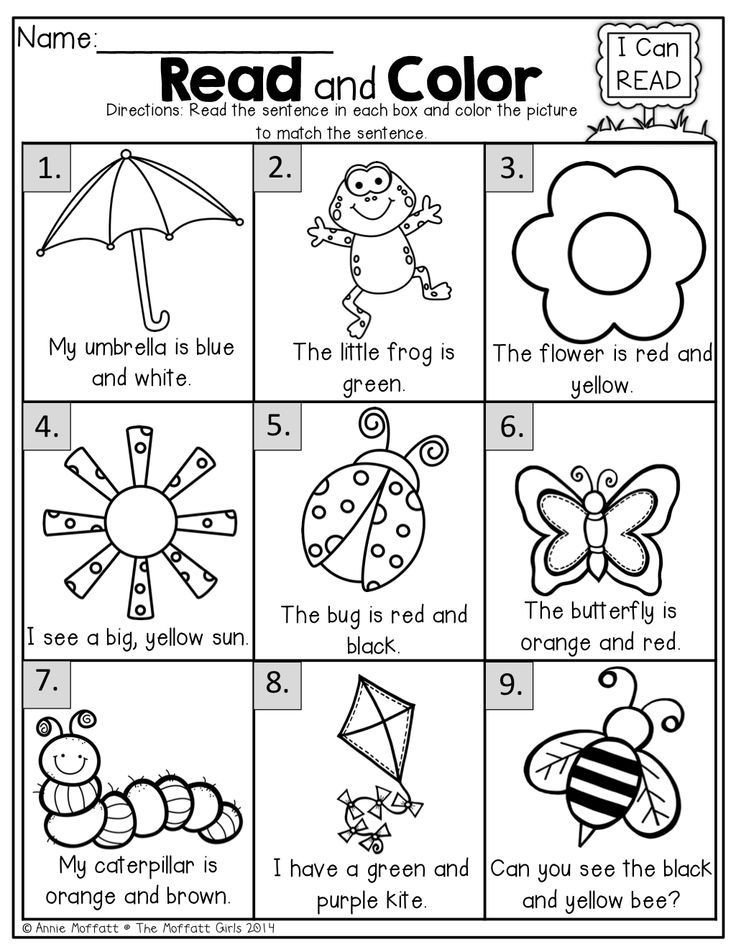
- Engine. Make cards with numbers from 1 to 10 and invite your child to make a train out of them. Only for this you need to arrange all the cards in order, from 1 to 10. If everything is done correctly, the train will go on a journey.
- Count the candies. Take two dolls (bears) and put them at the table to drink tea with sweets. Give one doll 2 candies, and the other 3. You can ask: "who has more candies", "how many candies do two dolls have in total." Then more dolls can come to visit, while the hostess will have to share the sweets equally among everyone. This game teaches not only to count, but also to think logically.
- One-many. Play a mindfulness game. You can ask the child: “What items are many in the room? And what subject is one? For example, in the kitchen there are many plates, but there is only one table.
Tips for parents
In conclusion of the article, we will give some important recommendations.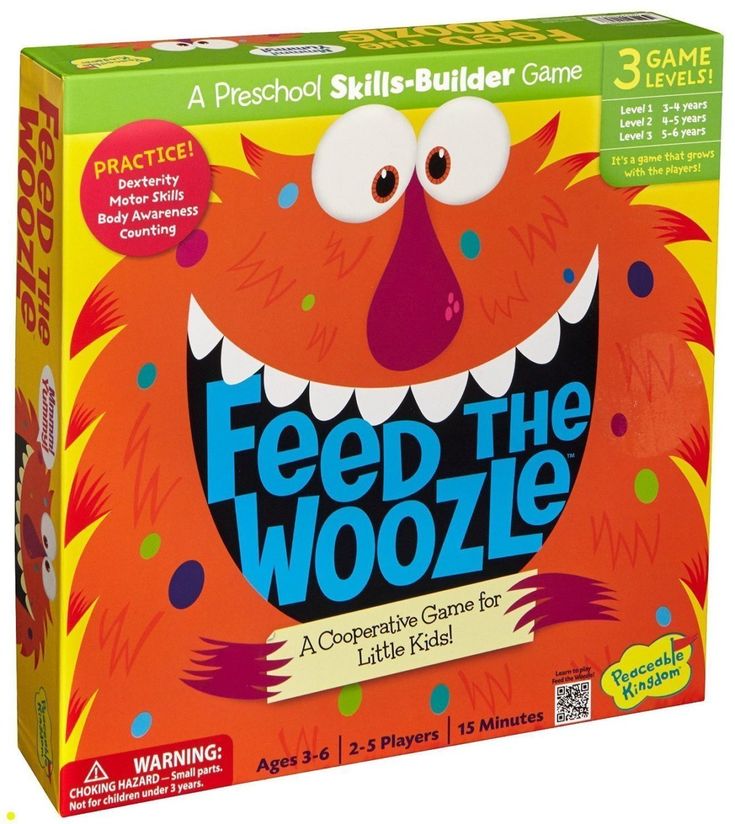
- For a baby, the game process itself, the action, and not the final result, is important. You should not be upset and even more so scold the child if the elephant you made looks more like a snowman.
- The rules of the game should be simple and clear. At the same time, it is necessary to leave room for creative improvisation. It develops imagination and initiative.
- Not all games may appeal to a child. You need to feel the mood of the crumbs and, if necessary, stop the game.
- Exercise regularly with your child. Try to set aside at least 15 minutes a day for joint activities.
Conclusions
Games at home with children are interesting and cool, but there is not always time and ideas for this. In order not to deprive the child of the opportunity to fully develop, you can take him to a specialized children's center or kindergarten "Baby Club", where the child will receive the necessary skills in a playful way and will develop all types of intelligence.